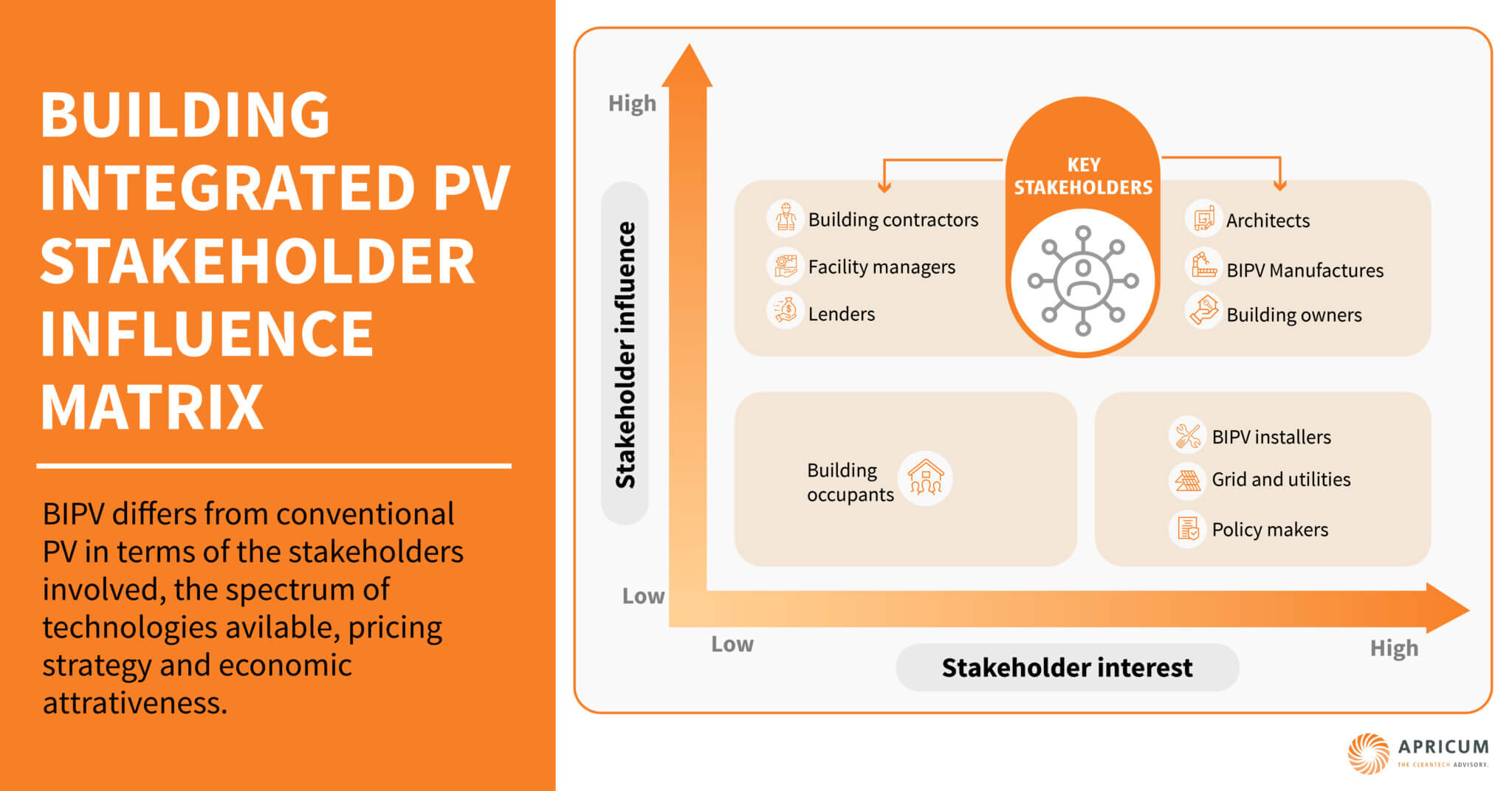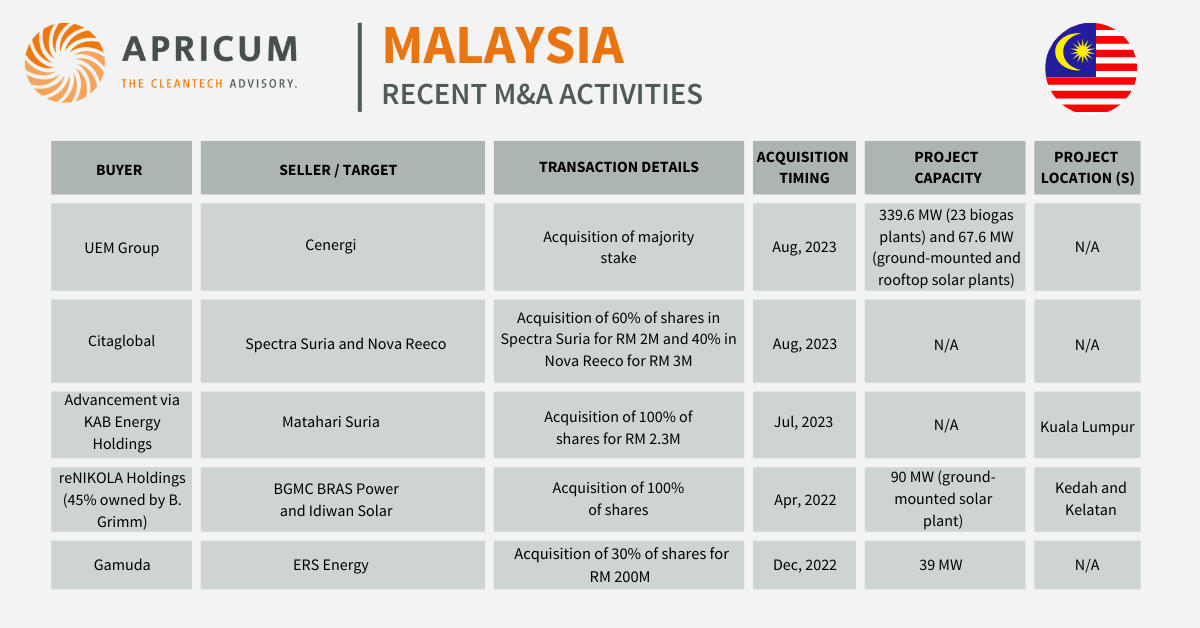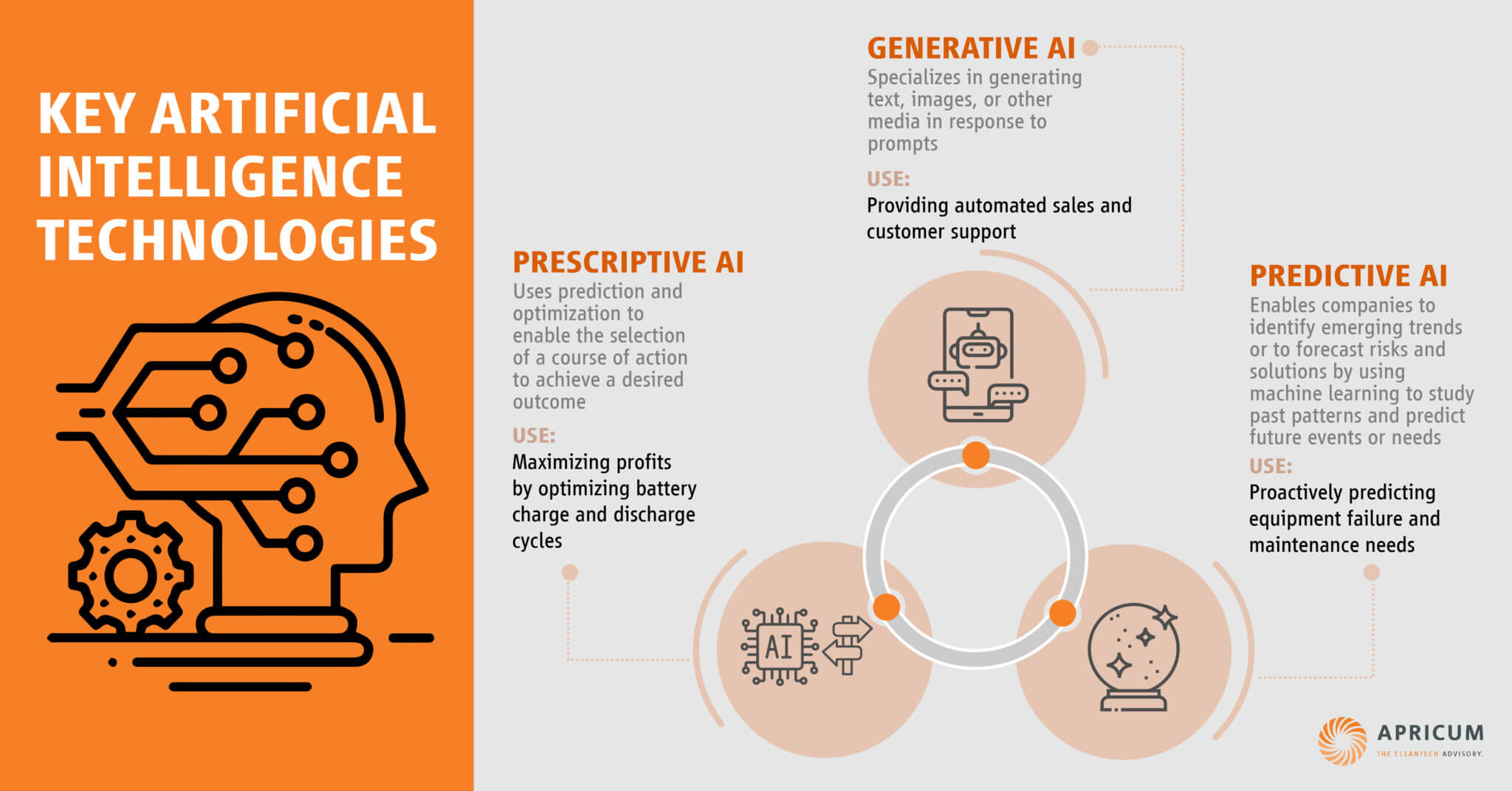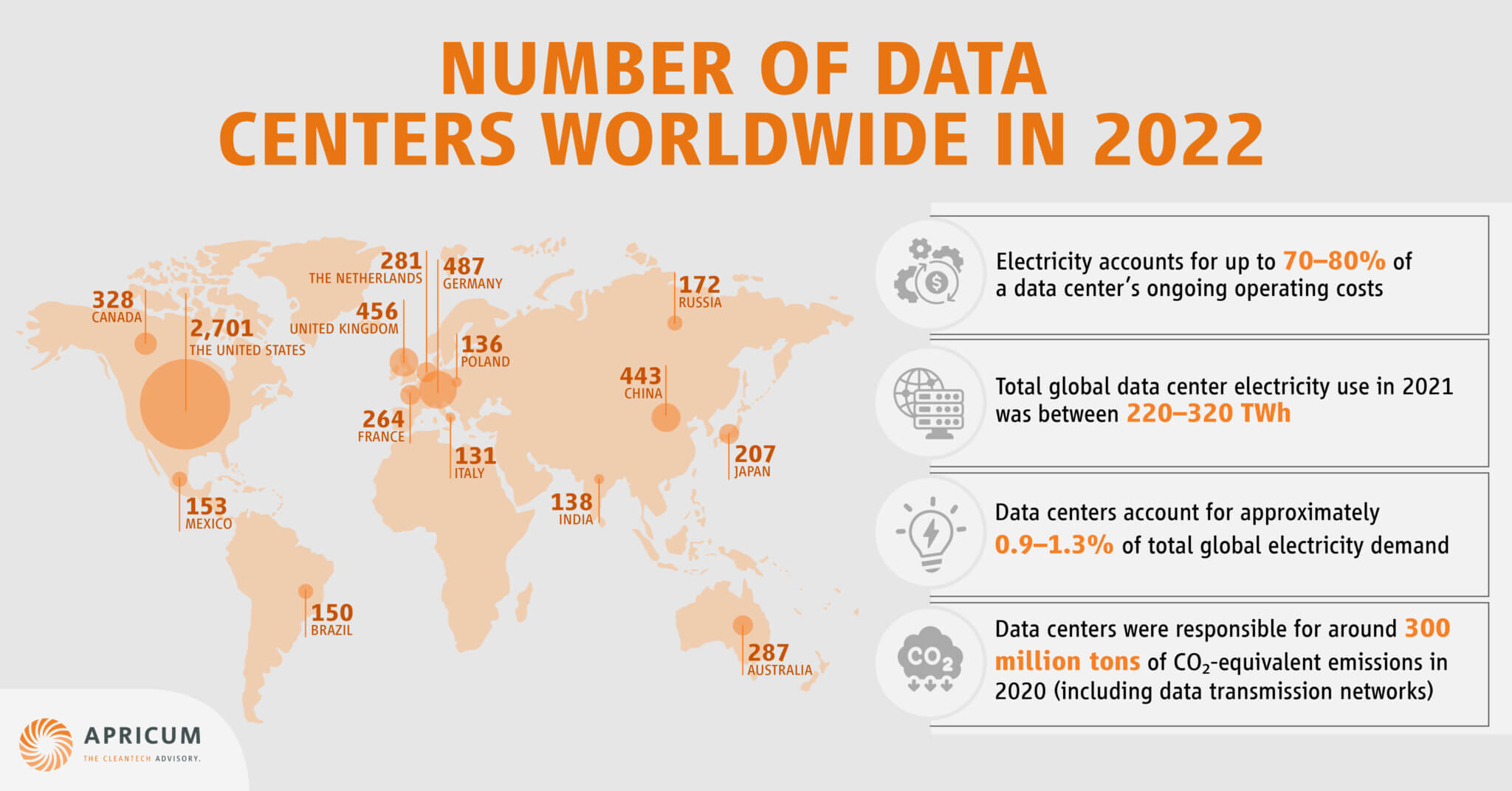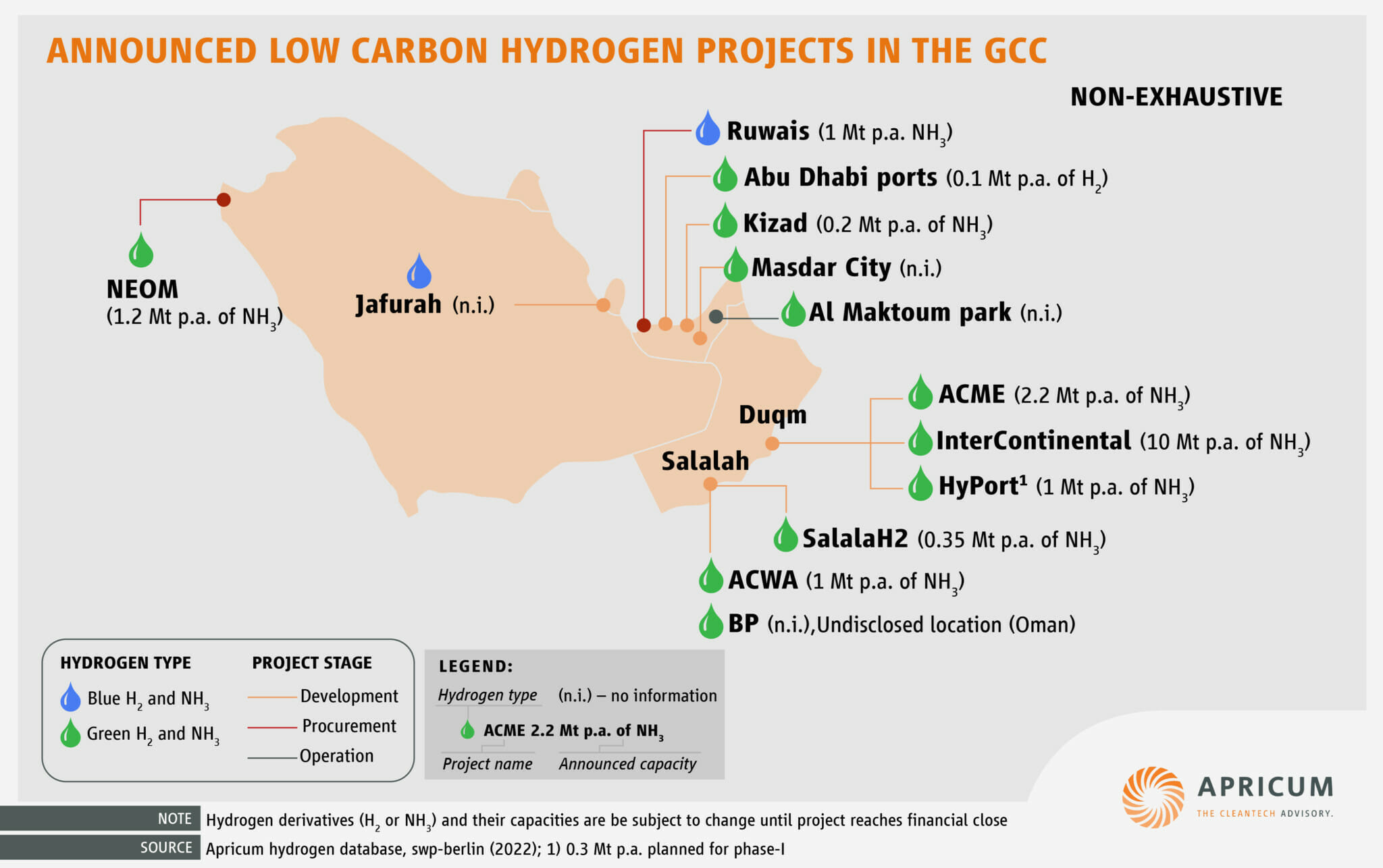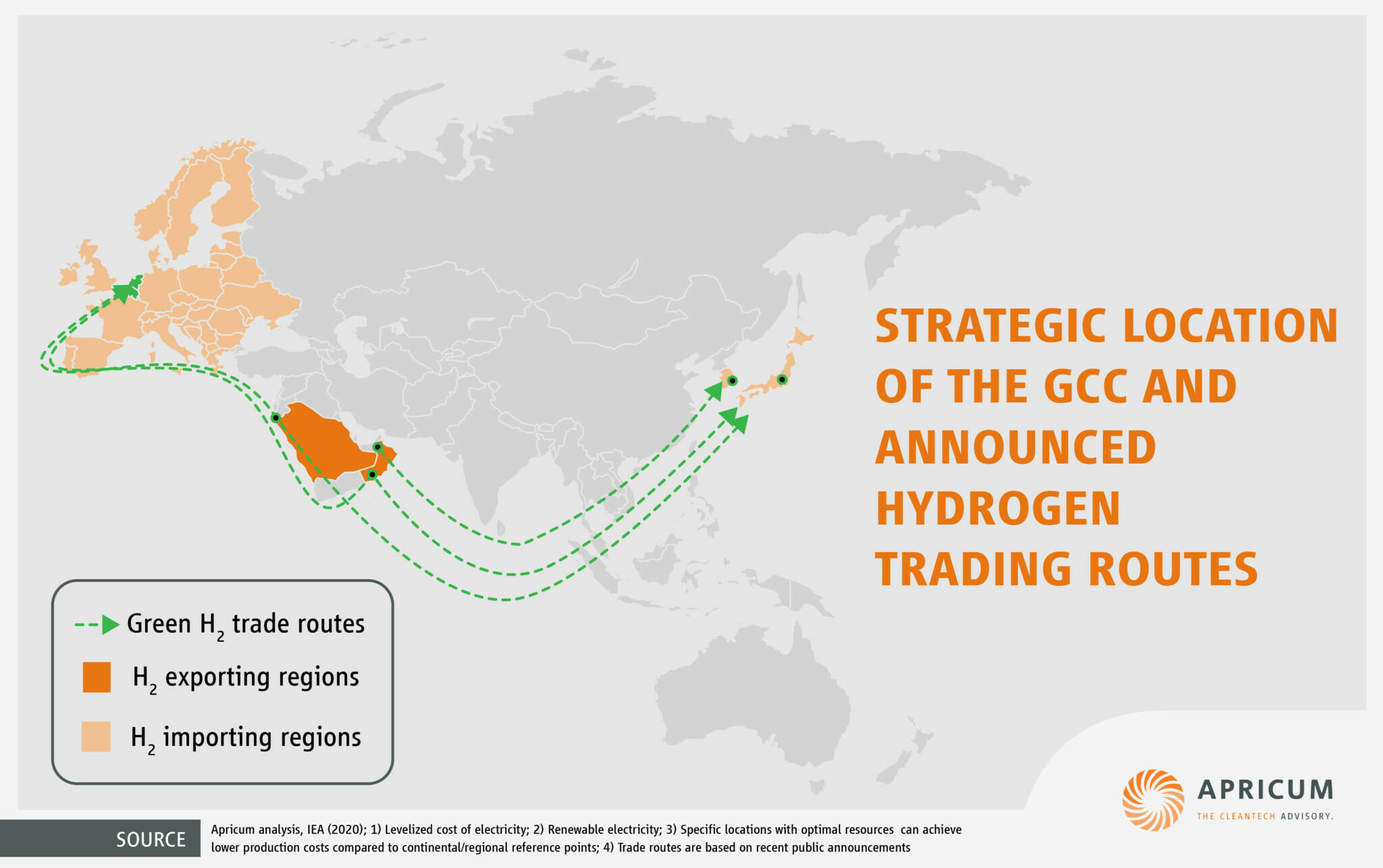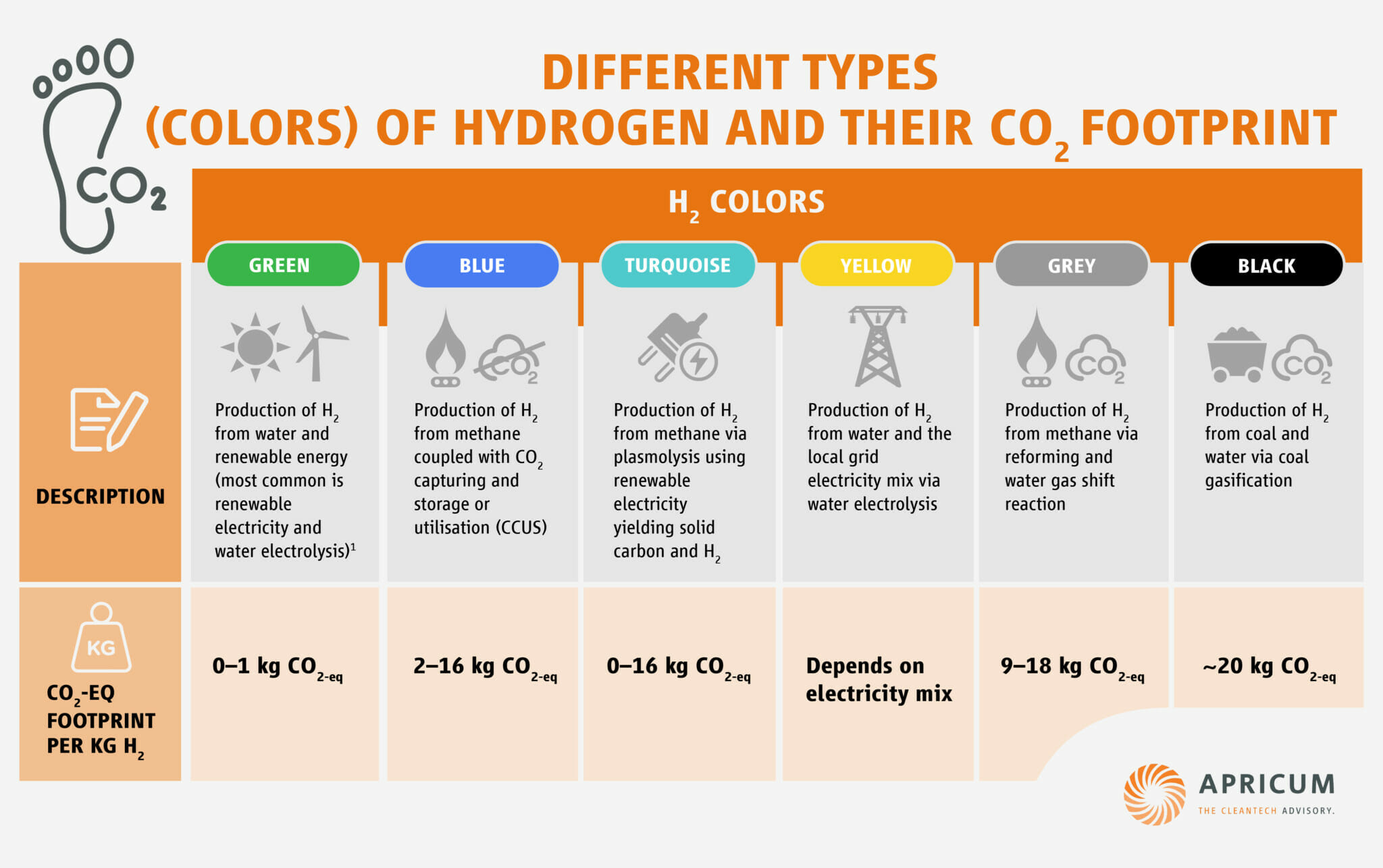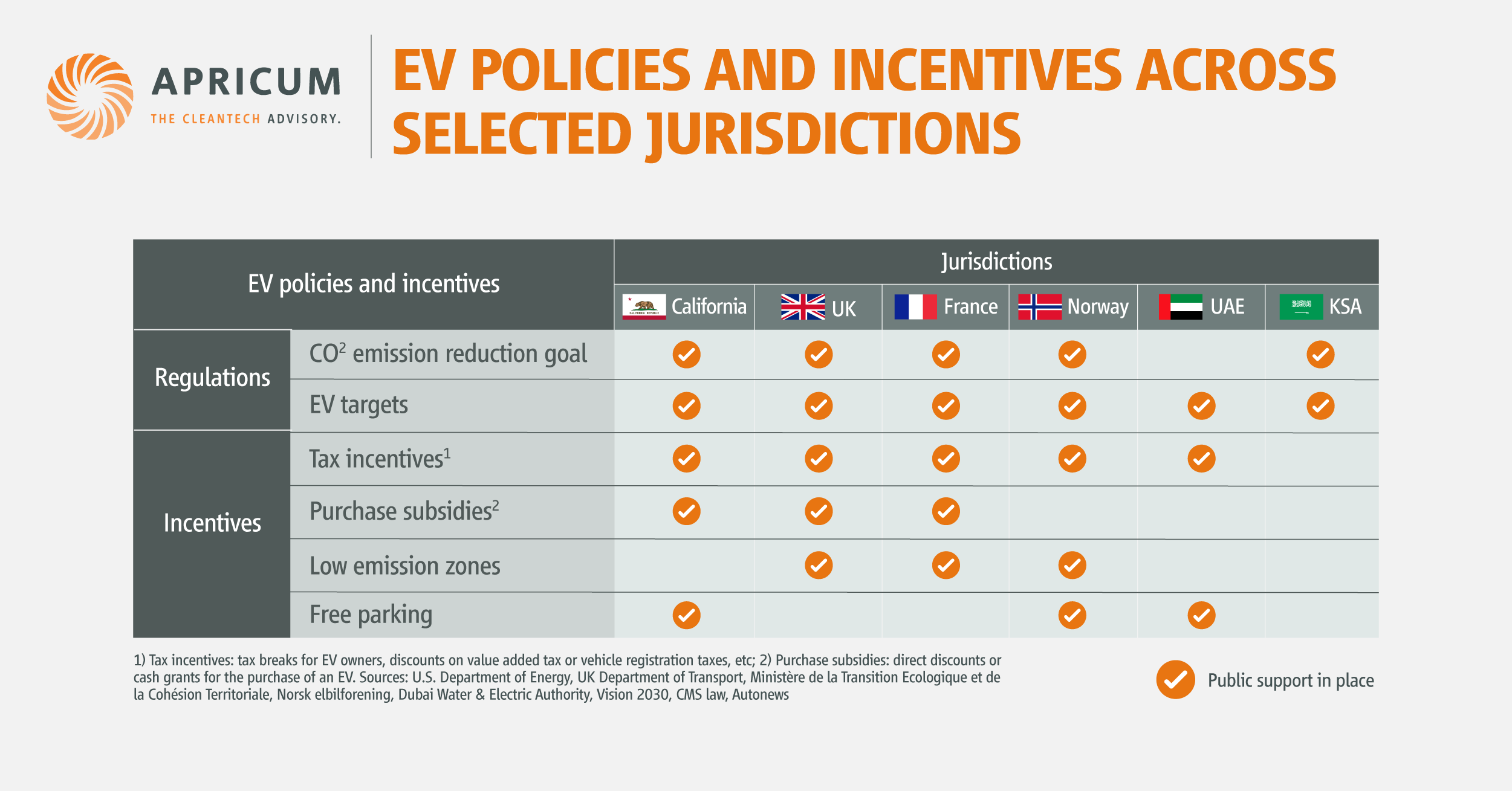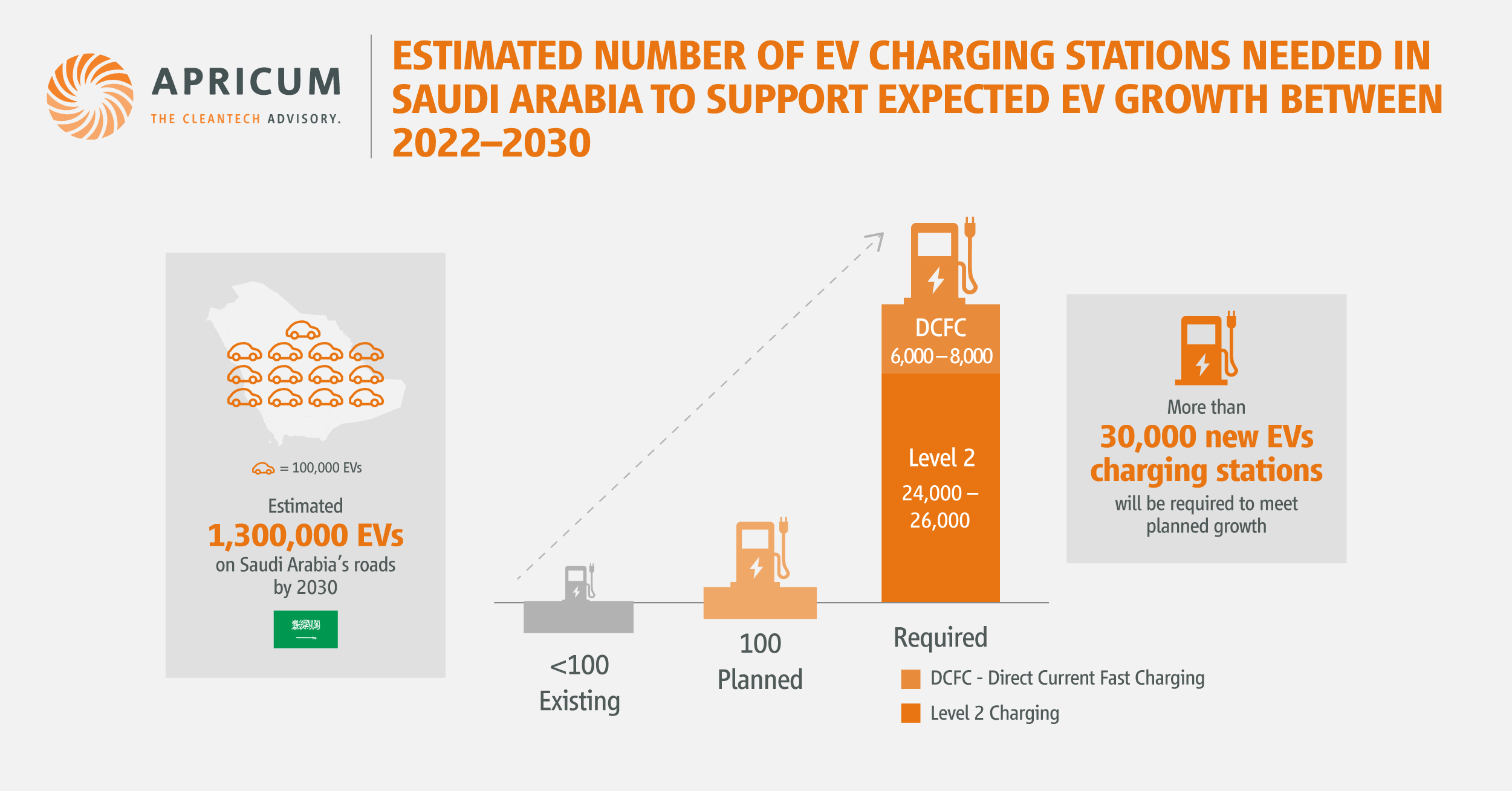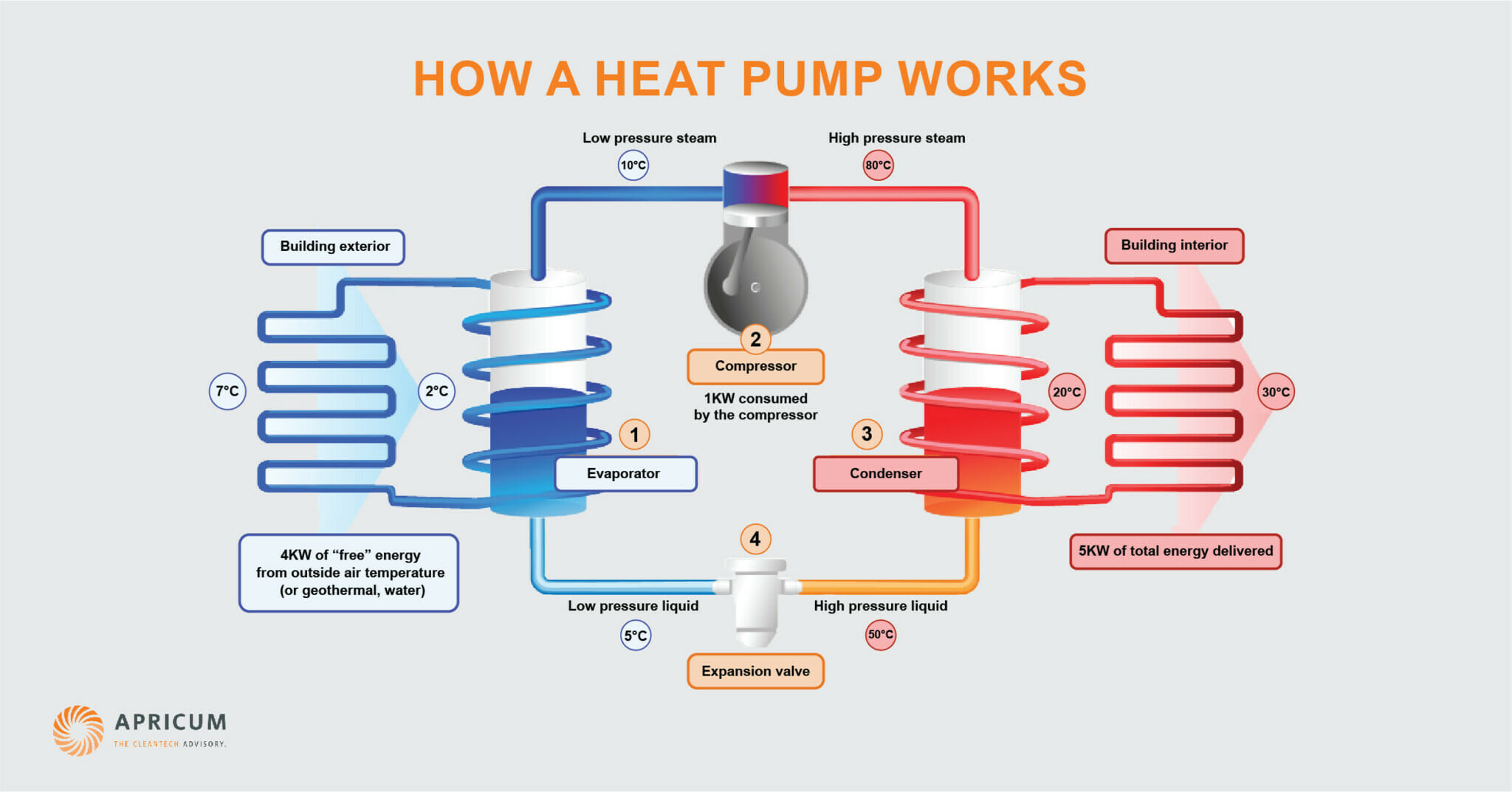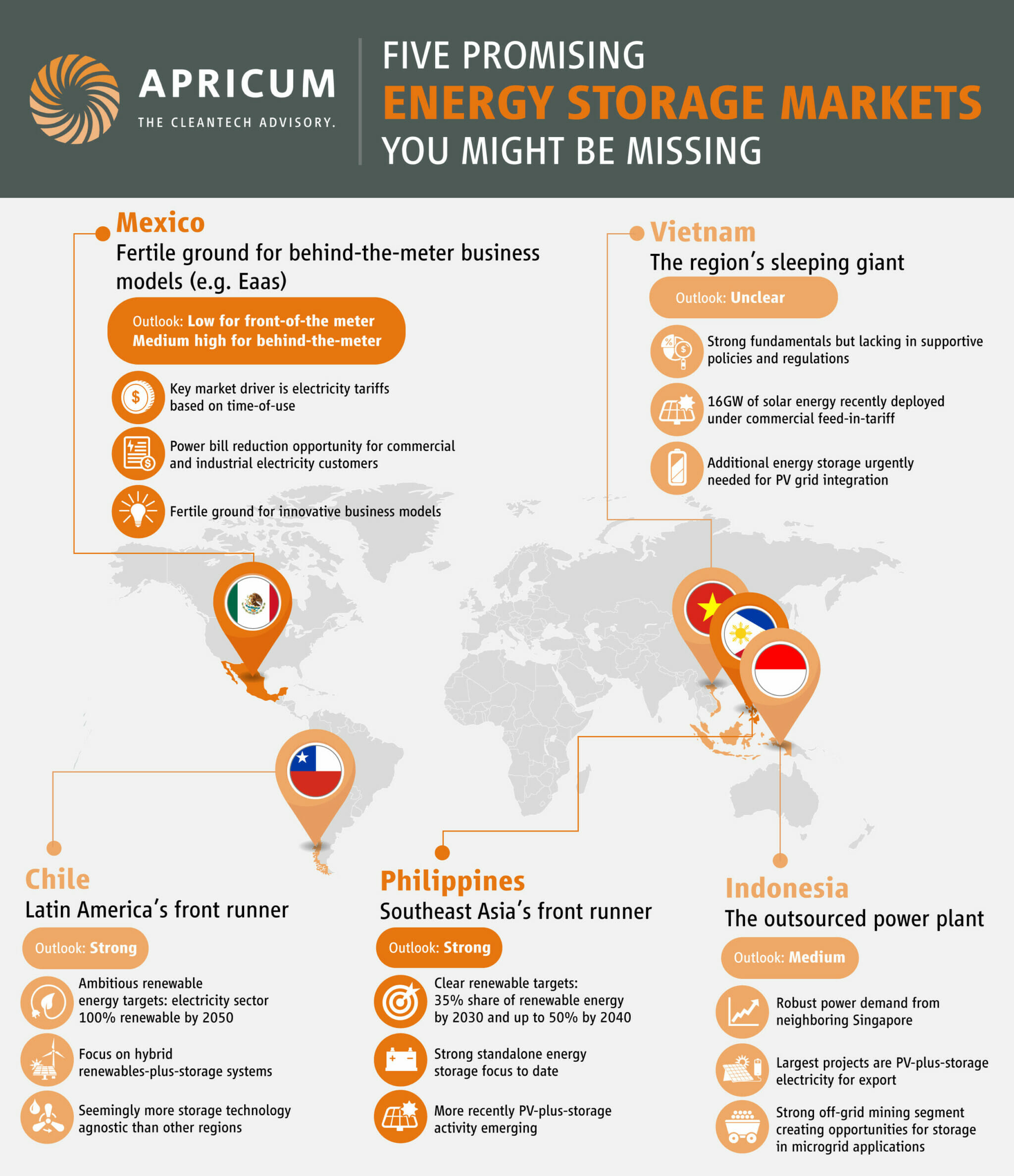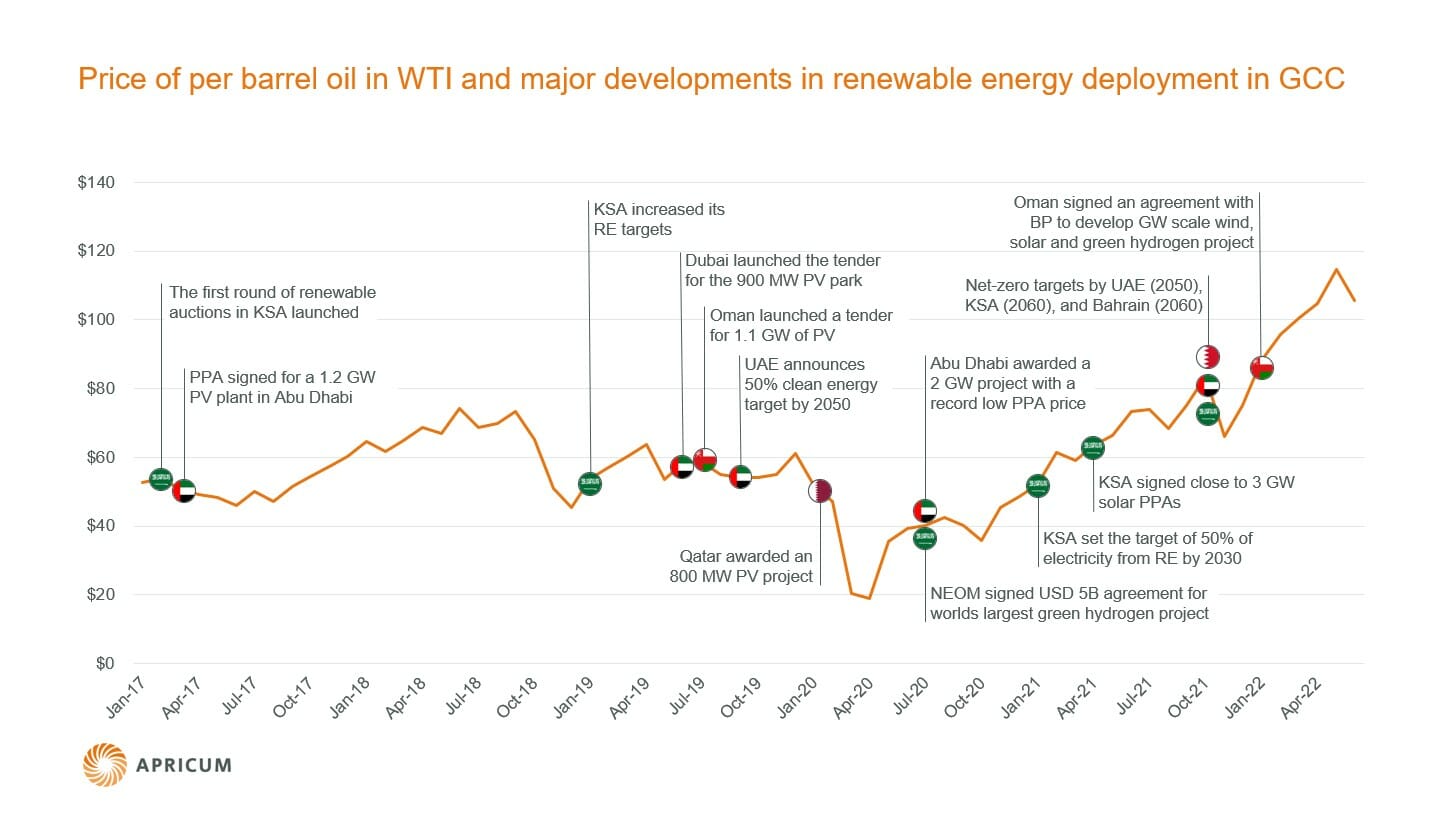CONCLUSIONS AND HIGHLIGHTS FROM THE SMARTER E EUROPE; Munich, June 2024
After four bustling days of conference and exhibitions, Europe’s premier energy industry platform, The sSmarter E Europe (f.k.a. Intersolar), has concluded. The event spanned 19 exhibition halls and 206,000 square meters, with 3,008 exhibitors from 55 countries. Many of the Apricum Team joined 110,000 other industry professionals from 176 countries. Here are some key highlights:
RECOVERY OF RESIDENTIAL PV MARKET POST-2023 COLLAPSE
The residential photovoltaic (PV) market, which faced a substantial decline in 2023 due to economic and policy-related challenges, is now showing strong signs of recovery. Industry experts at Intersolar (part of The smarter E Europe) assert that the market is poised for a robust rebound. Early indicators suggest a significant increase in residential PV installations across continental Europe. Some parties reported H1 2024 enquiry levels reapproaching the peak of 2022. Although this resurgence may not yet be reflected in completed volumes, experts are confident that the market outlook for the second half of 2024 is improving, following a challenging period. This optimism is fuelled by decreasing module prices and the expansion of the third-party ownership segment.
In the UK, installer consolidation continues to accelerate. Both startups and mainstream energy companies are embracing decentralised residential energy systems and targeting installers as their delivery channel.
Charles – ‘More deals will be announced soon, and buyer appetite is undimmed: this trend is only just starting in the UK. As larger players seek to deploy multi-technology HEMS, we can expect to see a continued flow of acquisitions of reputable solar installers, as well as those bringing heat pump or higher value electronics capabilities. ’
CHINA’S SOLAR PANEL PRICE DROP
One notable conclusion drawn from Munich was the remarkable reduction in Chinese panel prices, which have now dropped to $0.10 per watt. This is below the cash cost, as manufacturers produce at negative margins in the hope other producers collapse first and they outlast this pricing trough. Speculation surrounding bankruptcies in Chinese manufacturing capacity is widespread, although not attributed to any particular suppliers. If accurate, however, any decrease in capacity may not indicate its disappearance but rather a transfer of ownership.
What does this mean for Europe?
On the production side, the impact has already been acutely felt, with capacity reduced and new capacity builds abandoned. For a sustainable future, European manufacturing will instead have to be in technology niches, or in customised fringe applications. This requires a more detailed understanding of the target markets than for commoditised sales, an area where Apricum can help, as well as in securing offtake for these applications.
On the demand side, Europe is a significant beneficiary of these low module prices which are a notably positive element, too often unappreciated, amidst the current challenges in PV project economics.
SODIUM-ION IS HERE BUT PERFORMANCE IS STILL MIDDLING
In the exhibition halls it was apparent that several Chinese manufacturers have started large-scale production of sodium-ion batteries and introduced Battery Energy Storage System (BESS) products utilizing this technology. While current sodium-ion batteries have a similar energy density to LFP (Lithium Iron Phosphate) batteries, their cycle life has not reached the same competitiveness, still limited to around 3,000 cycles. This limits their practical application to residential and small Commercial & Industrial (C&I) BESS, as well as certain Electric Vehicles (EVs) with blended sodium-ion and lithium-ion battery packs. Looking ahead, Apricum anticipates sodium-ion batteries will achieve commercial viability for utility-scale and larger C&I BESS within the next five years, driven by ongoing technological advancements and lithium supply chain concerns.
NICKEL-BASED CATHODES WILL REMAIN RELEVANT FOR THE NEAR-FUTURE
Despite the rapid growth of LFP battery production in this decade and predictions by some analysts that LFP could dominate by the late 2020s, rumors of NMC’s (Nickel Manganese Cobalt) demise have been exaggerated. NMC remains the dominant cathode chemistry today due to its high energy density, which continues to make it the preferred choice for medium- and high-end EVs. Major Chinese cell manufacturers such as CATL, BYD and EVE have embraced NMC, with ambitions to allocate up to 50% of their production capacity to this chemistry.
Meanwhile, Korean cell manufacturers, despite announcing plans for LFP cells, are yet to release them. With leading Chinese players poised to successfully diversify their chemistries, China may be able to further consolidate the upstream battery value chain.
A final thought is that in the wider European context, Germany remains Europe’s premier market for inbound cross-border investments in both PV solar energy and BESS. The excitement and interest at The smarter E Europe over the four days underscored this sentiment, emphasizing Germany’s leadership in these sectors across Europe. The record-breaking exhibitor and visitor numbers over the three days further confirm that the energy transition is gaining significant momentum and continues to do so, despite the recent downturn challengesin the last 12 months.







